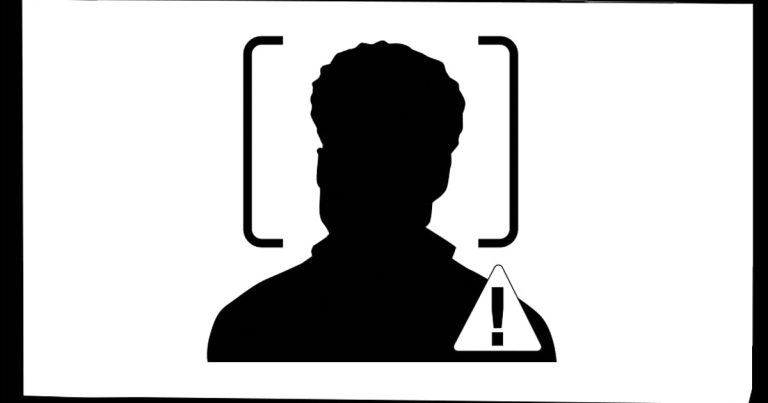Digital Misinformation: How Deepfakes Empower the ‘Liar’s Dividend’ in a Post-Truth Era
In our increasingly digitized world, the proliferation of misinformation poses a significant threat to democratic processes, social cohesion, and individual trust. One of the most potent weapons in the arsenal of misinformation is the deepfake, a sophisticated form of artificial intelligence-generated media that can seamlessly manipulate audio and video content. Deepfakes can fabricate events that never happened, put words into the mouths of individuals who never spoke them, and create realistic depictions of scenarios entirely divorced from reality. This technology empowers what is known as the "liar’s dividend," whereby individuals accused of wrongdoing can simply dismiss genuine evidence as fabricated deepfakes, eroding public trust and creating a climate of skepticism where discerning truth from falsehood becomes increasingly difficult. The consequences of this phenomenon are far-reaching and demand urgent attention.
The rise of deepfakes exacerbates the existing challenges of combating misinformation in the digital age. Previously, doctored images or manipulated videos often contained subtle inconsistencies that allowed for detection and debunking. However, deepfakes, with their advanced algorithms and ever-increasing realism, blur the line between fact and fiction to an unprecedented degree. This makes it significantly harder for individuals, journalists, and even experts to differentiate between authentic media and synthetic fabrications. The ease with which deepfakes can be created and disseminated further compounds the problem, allowing malicious actors to spread disinformation rapidly and widely across social media platforms and online networks. This ease of creation and dissemination democratizes misinformation, making it a readily available tool for anyone with an agenda, from political operatives to disgruntled individuals seeking revenge.
The liar’s dividend, amplified by deepfakes, poses a substantial threat to accountability and justice. When individuals, particularly public figures or those in positions of power, can dismiss legitimate accusations as deepfake fabrications, it becomes increasingly difficult to hold them responsible for their actions. This creates a permissive environment for unethical behavior and erodes public trust in institutions and authorities. Furthermore, the mere possibility of deepfakes being used to discredit legitimate claims can create a chilling effect, discouraging individuals from coming forward with evidence of wrongdoing for fear of being dismissed as purveyors of fabricated information. This chilling effect can undermine investigative journalism, whistleblowing, and other critical mechanisms for holding power accountable.
The societal implications of the liar’s dividend extend beyond the political and legal spheres. Deepfakes can be used to manipulate public opinion, incite violence, and sow discord within communities. Fabricated videos depicting individuals engaging in hateful or criminal acts can be used to fuel prejudice and discrimination. The spread of such manipulated content can exacerbate existing social tensions and erode trust between different groups, contributing to a climate of fear and paranoia. Moreover, the widespread availability of deepfake technology raises concerns about its potential misuse in personal relationships, where fabricated videos could be used for blackmail, harassment, or revenge pornography. The emotional and psychological damage inflicted by such malicious use of deepfakes can be devastating.
Combating the threat of deepfakes and the liar’s dividend requires a multi-pronged approach. Technological solutions, such as advanced detection algorithms and digital watermarking techniques, are crucial for identifying and flagging deepfake content. However, technology alone is not sufficient. Media literacy education is equally important, empowering individuals to critically evaluate the information they encounter online and develop a healthy skepticism towards potentially manipulated media. Fact-checking organizations and responsible journalism play a vital role in debunking false narratives and providing accurate information to the public. Furthermore, social media platforms must take greater responsibility for the content shared on their platforms, implementing robust mechanisms to identify and remove deepfakes and other forms of misinformation.
Addressing the challenge of deepfakes also requires a concerted effort from policymakers and legislators. Laws and regulations are needed to address the creation and dissemination of malicious deepfakes while protecting freedom of expression. International cooperation is essential to establish global standards and norms for combating deepfake misinformation. The ethical implications of deepfake technology must also be carefully considered, with clear guidelines established for responsible use and development. This includes promoting research into the detection and mitigation of deepfakes, as well as exploring the potential benefits of the technology in areas such as education and entertainment, while safeguarding against its misuse. Ultimately, a comprehensive and coordinated approach involving technology, education, media literacy, and policy is essential to counter the threat of deepfakes and protect the integrity of information in the digital age. Failure to address this challenge effectively risks further eroding trust in institutions, exacerbating social divisions, and undermining the very foundations of democratic discourse.


